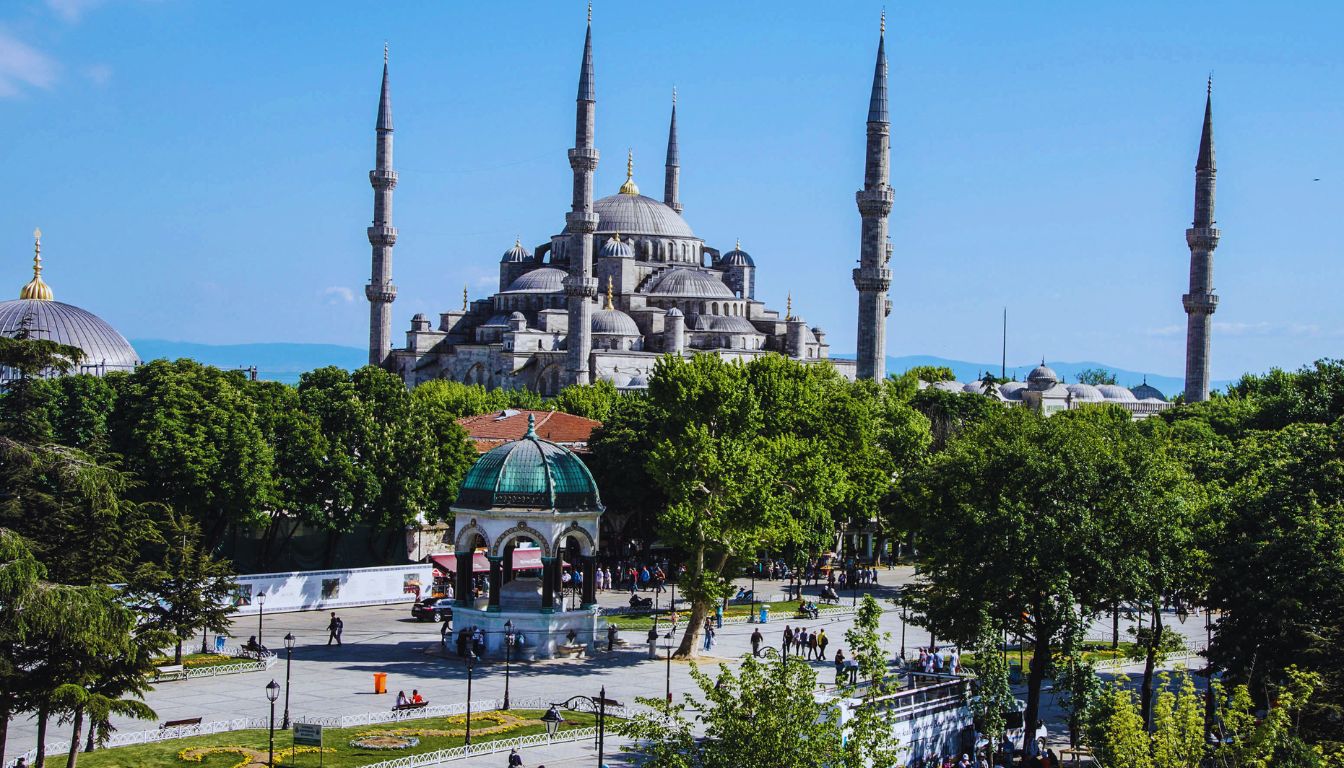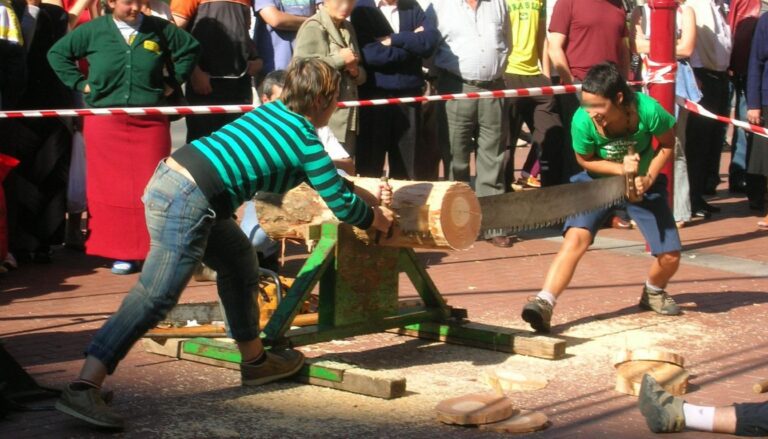Anatolia, also known as Asia Minor, is a peninsula in western Asia. It’s filled with history, where many civilizations have left their mark. Located at the crossroads of Europe and Asia, it has been a melting pot of cultures and empires.
This vast peninsula, now mostly Turkey, has seen the rise and fall of great civilizations. From the ancient Hittites to the Ottoman Empire, Anatolia has been a bridge connecting diverse cultures.
In this article, we’ll explore Anatolian history and culture. We’ll see how its unique position has shaped its identity and influenced world history.
Table of Contents
The Dawn of Civilization: Neolithic Anatolia

The story of Anatolian civilization starts in the Neolithic period, around 10,000 BCE. This era saw people move from nomadic hunter-gatherers to settled agricultural communities.
Göbekli Tepe, in southeastern Turkey, is a remarkable archaeological site from this time. Discovered in 1994, it has changed our view of early human societies. Its massive stone pillars and animal carvings show a high level of social organization and artistic expression.
Çatalhöyük, one of the world’s earliest urban settlements, is another significant site. Occupied from 7500 BCE to 5700 BCE, it offers insights into early agriculture and complex societies.
These early settlements laid the groundwork for the great civilizations that followed in Anatolia, starting a journey of cultural development and exchange.
The Hittite Empire: Anatolia’s First Great Power
Around 1600 BCE, the Hittite Empire emerged in central Anatolia. The Hittites used iron, giving them a military edge over bronze users.
The Hittite capital, Hattusa, was a marvel of ancient engineering. Its walls, adorned with reliefs, show the Hittites’ skill. The city also had a vast library of clay tablets, holding valuable information about Hittite society and diplomacy.
The Hittites were known for their diplomacy and military strength. The Treaty of Kadesh, signed with Ancient Egypt around 1259 BCE, is one of the earliest known peace treaties.
Though the Hittite Empire fell around 1200 BCE, their legacy continued in the art, language, and customs of later Anatolian civilizations.
Greek and Persian Influences: A Clash of Cultures
After the Hittites fell, Anatolia was fragmented. Greek colonists and Persian influences filled the power vacuum.
Greek city-states like Ephesus and Miletus became centers of Greek culture and learning. They produced famous philosophers, scientists, and artists who shaped Western civilization.
The eastern parts of Anatolia were influenced by the Persian Empire. This led to a mix of Greek and Persian cultures, seen in the kingdom of Lydia. The Lydians, who invented coinage, acted as a bridge between the Greek and Persian worlds.
The clash between these cultures reached its peak with the Persian Wars in the 5th century BCE. Alexander the Great’s conquest of the Persian Empire in the 4th century BCE further blended Greek and Eastern cultures, leading to the Hellenistic period.
Roman Anatolia: The Eastern Frontier
In 133 BCE, the last king of Pergamon gave his kingdom to Rome. This started Roman rule in Anatolia. Over time, Rome took control of the whole peninsula.
Anatolia thrived under Roman rule. Cities like Ephesus, Ankara, and Antioch grew big. The Romans built roads, aqueducts, and public buildings that we can see today.
Ephesus is a highlight of Roman Anatolia. It has the Library of Celsus, the Great Theater, and the Temple of Artemis. This temple was one of the Seven Wonders of the Ancient World.
Anatolia was also key for early Christianity. St. Paul, born in Tarsus, Anatolia, spread the faith. The Seven Churches of Asia, mentioned in the Book of Revelation, were in western Anatolia.
The Byzantine Era: Christianity Takes Root
As the Western Roman Empire fell, the Eastern Roman Empire, or Byzantine Empire, grew. Constantinople, founded by Constantine I in 330 CE, became the new capital. It was the world’s largest city.
The Byzantine era saw Christianity spread in Anatolia. Beautiful churches and monasteries were built. The rock-cut churches of Cappadocia show the era’s unique style and art.
Byzantine culture mixed Roman politics, Greek culture, and Christianity. This mix greatly influenced art, architecture, law, and theology in Europe and the Middle East for centuries.
But, the Byzantine Empire’s grip on Anatolia weakened in the 11th century. The Seljuk Turks arrived, bringing change.
The Seljuk Turks: A New Cultural Paradigm
The Battle of Manzikert in 1071 CE was a turning point. The Seljuk Turks, led by Alp Arslan, defeated the Byzantines. This opened Anatolia to Turkish migration.
The Seljuks introduced Islam, Turkish language, and culture. They founded the Sultanate of Rum, with Konya as its capital. Konya became a hub for Islamic art, science, and mysticism.
Seljuk architecture brought new styles to Anatolia. Their buildings feature geometric patterns, Arabic calligraphy, and grand portals. The caravanserais they built were important for travelers and merchants.
Rumi, a famous poet and Sufi mystic, was linked to Seljuk Anatolia. His teachings on love, tolerance, and spiritual enlightenment are loved worldwide today.
The Ottoman Empire: Anatolia as the Heart of a Global Power
In the late 13th century, the Ottoman Empire rose. Starting in northwestern Anatolia, they expanded, conquering Constantinople in 1453. They built a vast empire across three continents.
Under the Ottomans, Anatolia was the heart of a global power. They built bridges, mosques, and palaces. Cities like Istanbul, Bursa, and Edirne became places where different cultures and faiths lived together.
Ottoman architecture reached its peak under Sinan in the 16th century. His works, like the Süleymaniye Mosque in Istanbul, are Islamic architecture highlights.
The Ottoman era also saw the growth of art forms like calligraphy, miniature painting, and ceramics. Iznik tiles, known for their blue and red designs, decorated mosques and palaces.
Modern Turkey: Preserving the Past, Embracing the Future

The Ottoman Empire fell apart in the 19th and early 20th centuries. After World War I, it was gone. Mustafa Kemal Atatürk started the Republic of Turkey in 1923.
Modern Turkey tries to keep its history alive while moving forward. It uses new technology and social changes. At the same time, it works hard to save and restore old sites.
Visitors to Turkey see both old and new. In Istanbul, you can see ancient places like Hagia Sophia. Then, you can go to a modern mall or art gallery by metro.
Turkey is special because it connects Europe and Asia. Its food, music, and art show its mix of cultures. This makes Turkey’s culture rich and unique.
Archaeological Treasures: Unearthing Anatolia’s History
Anatolia’s history is rich and varied. Archaeologists find new things every day. This helps us learn more about the past.
Some key sites include:
- Troy: Famous from Homer’s Iliad, it has nine layers from 3000 BCE to 500 CE.
- Ephesus: A well-preserved ancient city that shows life in the Greco-Roman world.
- Hattusa: The Hittite Empire’s capital, with big walls and many ancient texts.
- Göreme: In Cappadocia, known for its “fairy chimneys” and Byzantine churches.
These sites and Turkey’s museums connect us to ancient civilizations. They attract scholars and tourists from everywhere.
Culinary Legacy: A Taste of Anatolian Fusion
Anatolian food shows the region’s diverse culture. Many cultures have influenced its food over time. This has made a rich and varied cuisine.
Some key dishes include:
- Mezes: Small dishes served as appetizers, often with vegetables, herbs, and olive oil.
- Kebabs: Grilled or roasted meats, with different types across Anatolia.
- Börek: Savory pastries filled with cheese, meat, or vegetables, showing Turkish nomadic traditions.
- Baklava: A sweet pastry dessert, believed to have started in Topkapı Palace’s kitchens.
Yogurt is common in Anatolian food, thanks to Central Asian Turkish nomads. Fresh produce is also key, thanks to the region’s good farming land.
Drinking Turkish coffee and tea is a big part of daily life. These traditions are recognized by UNESCO as important cultural heritage.
Conclusion: Anatolia’s Enduring Cultural Significance
Anatolia has been a crossroads of cultures for a long time. From ancient farmers to modern Turks, each time has added to its rich culture.
Its location between Europe and Asia has made it a key place for cultural exchange. This has led to a legacy of art, architecture, food, and traditions that amaze and inspire the world.
As Turkey moves forward, its past continues to influence it. Archaeological sites, monuments, and traditions remind us of Anatolia’s impact. This land where East meets West is always shaping global culture and understanding.
Anatolia’s story is ongoing. With new discoveries and cultural exchange, it will keep playing a big role in shaping our world. Its legacy as a crossroads of cultures invites us to learn from its past and look to its future.
Discover the must-visit cultural destinations of Turkish culture













